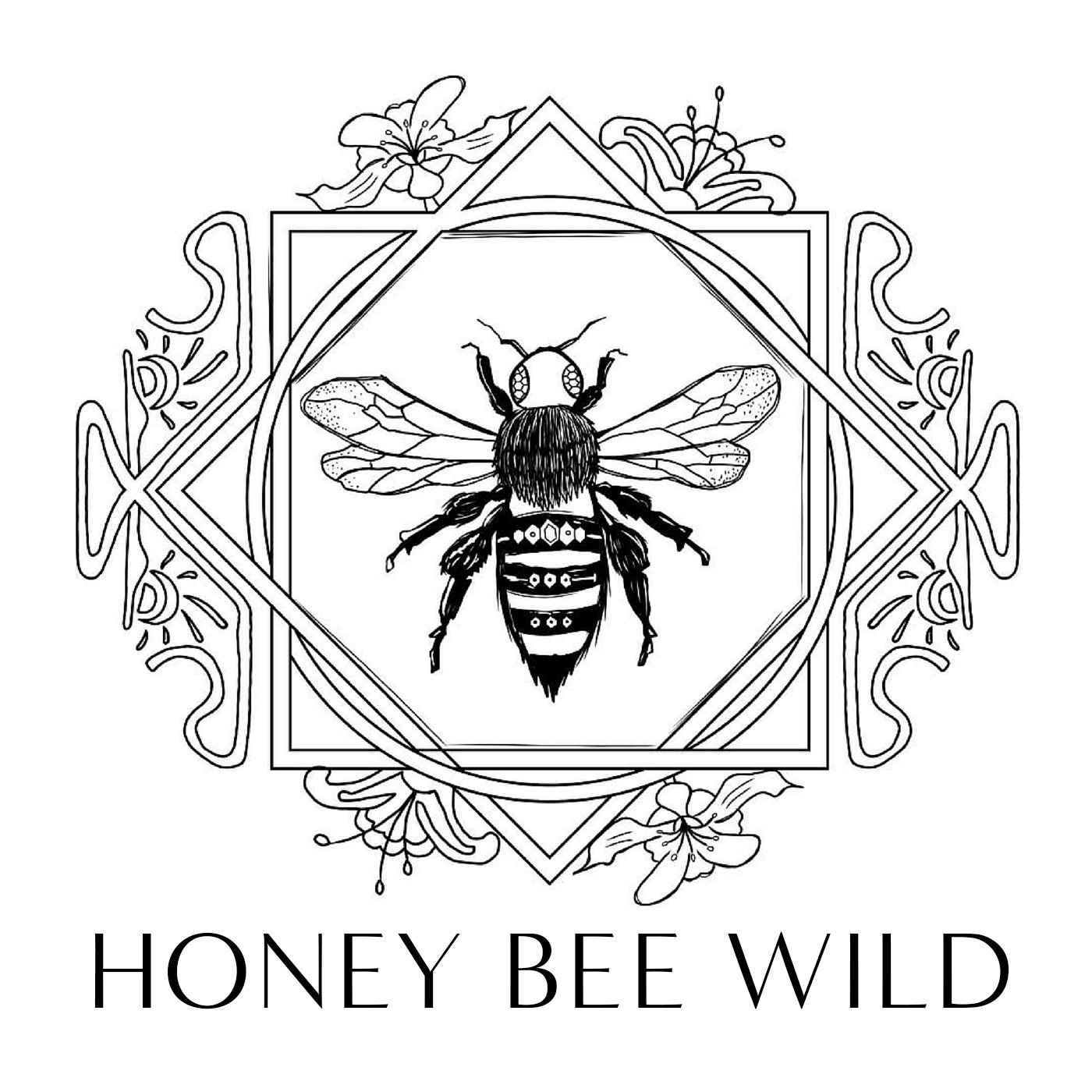2nd Day of Yuletide : Yule/Winter Solstice/Midwinte
Today marks the shortest day of the year, followed by the longest night. Back when calendars followed the season and cycles of the stars, the solstices were times of lasting festivals and holy observances. In some places like the Celtic Isles, Winter’s Night was a time when the flame or light of the previous year was burned through the night, to usher in the dawning of the light on the following morning. In this way, the flame of the old year ignites the new year.
In continuation with my 12 days of Yuletide exploration, I give you the Yule Log. All across old Europe, it was customary to fell a tree, usually Oak, Spruce or Pine, and drag it through the village to eventually be placed upon the hearth and burned through Solstice Night and sometimes beyond. The ash from the log was often saved and used in various cultures to bless the crops, aid in fertility, protect against storms, and heal the sick.
I’m calling it the Yule log because that is how it was popularised by Victorian Era England, but it has many names and many customs tied to it. Yule is derived from Juul, a Scandinavian midwinter feast when a Juul Log was burned in honour of the Lightning God, Thor. In France, the Tréfoir de Nöel was burned for all 12 nights of Christmas, and the ashes were saved to protect against lightning strikes. In Italy, the log was laid upon Juniper boughs, which coins were placed upon it. In England, a branch from the old log of the year before was saved to light the new.
One of my favourite associations is the connection between the Yule log and the snake, described by
archaeologist Marija Gimbutas She discusses how the log is a representation of the snake, or the “life force” of the earth and symbolises renewal. In the Scottish Highlands, the Yule log is the Cailléach, the Old Hag/Woman who was burned to make way for the renewal of life. As such, the ash, once again, had the healing powers of fertility.
You may not have a hearth, but you can follow the footsteps of folk traditions by lighting a candle at dusk or greeting the sun at dawn.
Art by Harriet M. Bennett

